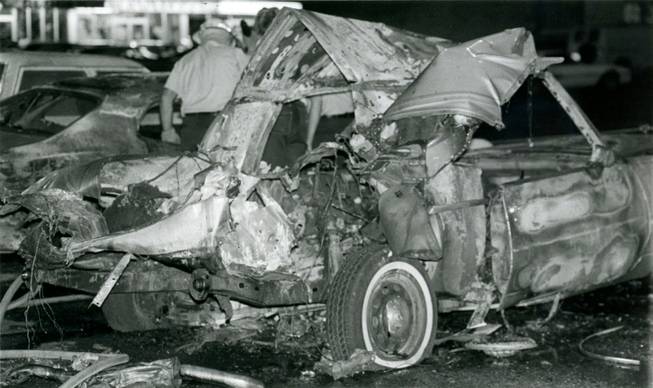
David Brown / Las Vegas Sun / Sun File Photo
Investigators examine the area surrounding the twisted remnants of Frank “Lefty” Rosenthal’s car after a bomb destroyed the vehicle on Oct. 4, 1982. A metal plate directly underneath the driver’s seat of the Cadillac diverted the explosion away from Rosenthal, saving his life.
Monday, Feb. 13, 2012 | 6 p.m.
Sun coverage
It’s no secret the mob heavily influenced Las Vegas in the 1940s and ’50s as the city rose to prominence, but many famous mobsters had Vegas ties well into the early ’80s.
Nearly 30 years later, the fascination surrounding Vegas’ organized crime days hasn’t died. In fact, some could argue it has intensified with recent attractions, such as the temporarily shuttered Las Vegas Mob Experience at Tropicana. (The interactive attraction recently got a new name and manager after its previous owner filed for bankruptcy.) In the meantime, there’s a new attraction in town — the National Museum of Organized Crime and Law Enforcement, or Mob Museum for short — opening Tuesday in downtown Las Vegas.
The museum’s slogan gnaws at the public’s curiosity: “There are two sides to every story — and then there’s the truth.”
The 41,000-square-foot museum boasts mob artifacts, theater presentations and interactive displays. If you’re waiting for the crowds to die down (and hoping to save a few bucks), take a self-guided tour to view the following mob landmarks in the city. Consider it your primer for an eventual trip to the museum.
-
Frank Rosenthal's former house
Frank “Lefty” Rosenthal, the Chicago mob boss who secretly ran the Stardust contrary to what his food and beverage director title implied, lived near all the casino action in the ritzy Las Vegas Country Club gated community.
The two-story house at 972 Vegas Valley Drive, built in 1970, features more than 3,200 square feet of living space and a pool overlooking the golf course. The home sold for $615,000 in May 2011.
Rosenthal died at age 79 in Miami Beach, Fla., after suffering a heart attack in October 2008. Nevada authorities had placed him in the state’s notorious Black Book in 1988, banning him from being in casinos.
-

Tony Roma's restaurant on Sahara Avenue
Frank “Lefty” Rosenthal survived the bombing of his Cadillac Eldorado on Oct. 4, 1982, outside the Tony Roma’s restaurant at 620 E. Sahara Ave.
Rosenthal, a legendary former casino executive and mob-connected sports handicapper, escaped with minor burns to his legs, left arm and left side of his face, according to Sun reports. Rosenthal, however, refused to cooperate with police and would not sign a crime report or talk to investigators.
Authorities credited a metal plate directly underneath the driver’s seat of Rosenthal’s Cadillac with saving his life by diverting the explosion.
-
Anthony Spilotro's former house
Chicago mobster Anthony “The Ant” Spilotro moved to Las Vegas in 1971 with his wife, Nancy, and adopted son, Vincent, and opened a jewelry and gift shop at Circus Circus, according to Sun stories.
During his family’s time in Las Vegas, they lived in a modest, one-story home at 4675 Balfour Drive, a residential neighborhood near McLeod Drive and Tropicana Avenue. The home, built in 1974, boasts nearly 2,400 square feet of living space, according to Clark County property records.
The home was last sold in December 2002 for $210,000. By that time, Spilotro was long gone: He and his brother's bodies were found buried in an Indiana cornfield in June 1986.
-
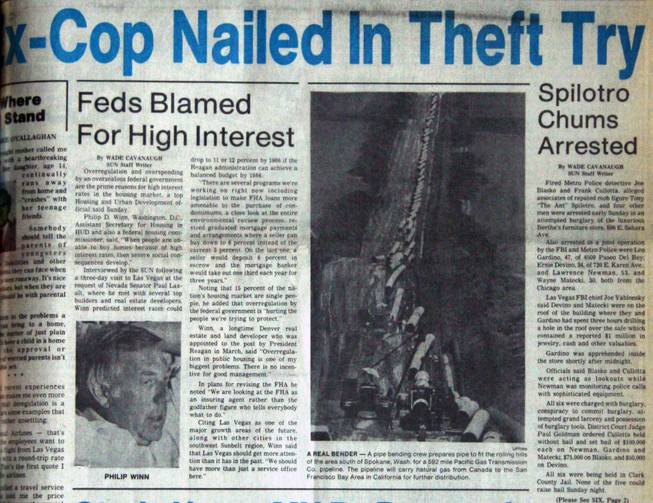
Bertha's jewelry and furniture store on Sahara Avenue
After Anthony “The Ant” Spilotro landed in Nevada’s Black Book, banning him from casinos, he turned to street criminal activities, according to the Online Nevada Encyclopedia.
That led to a July 4, 1981, burglary attempt at Bertha’s, a former jewelry and furniture store at 896 E. Sahara Ave. Spilotro’s burglary gang earned its “Hole in the Wall” nickname for its penchant for gaining access to its targets by drilling a hole in the wall or roof.
At Bertha's, however, several members of the gang — Frank Cullotta, Wayne Matecki, Larry Neumann, Leo Guardino, Ernie Davino and Joe Blasko — were caught by federal officials and charged with conspiracy to commit burglary, attempted grand larceny and possession of burglary tools, according to Sun file stories. Cullotta became the state’s witness and testified against Spilotro, but Spilotro was acquitted.
Bertha's closed in 1997. The site is now home to Tower of Jewels Inc.
-
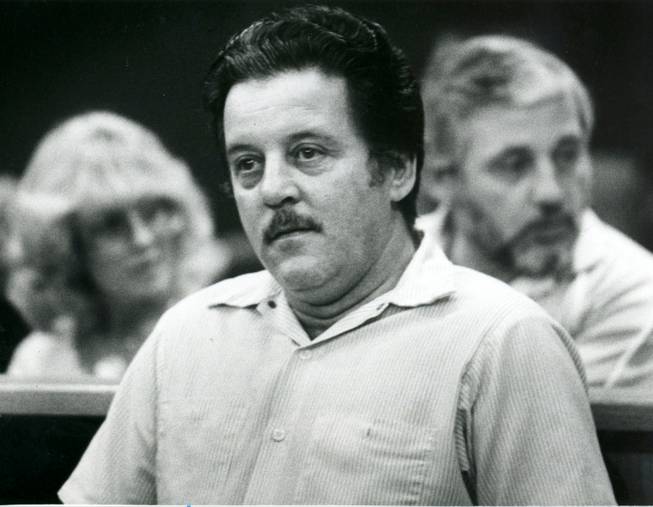
Gold Rush jewelry store on Sahara Avenue
In 1979, the FBI raided Gold Rush Ltd., a jewelry store at 228 W. Sahara Ave., where Anthony “The Ant” Spilotro and three associates allegedly ran illegal activities such as dealing stolen gems and jewelry, according to Sun file stories.
The conspirators included Spilotro’s brother, Jon, who operated the store; Herbert Blitzstein, a former store partner and close family friend; and Joseph Blasko, a former Metro Police detective accused of being a messenger for Spilotro. (The police department had fired Blasko in 1978, according to Sun file stories.)
A judge later dismissed the racketeering case after concluding that FBI agents had overstepped their authority, according to Sun file stories.
A high-rise condominium complex now occupies the site.
-
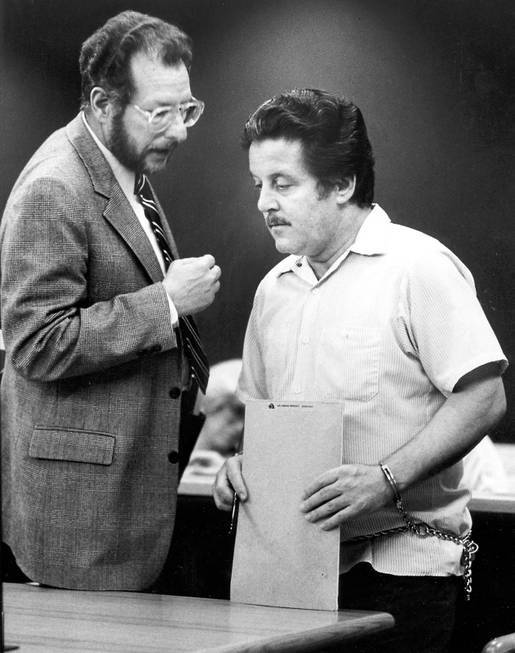
Former Mayor Oscar Goodman
OK, technically, former Las Vegas Mayor Oscar Goodman isn't a landmark, but his days as a lawyer thrust him into Vegas mob history. Goodman defended Anthony “The Ant” Spilotro during the mobster’s legal battles. Goodman told the Sun in 1980 that Spilotro was the subject of police harassment.
“I think it’s un-American,” Goodman told the newspaper. “These are really Gestapo-like tactics. It literally has become a police state in the community.”
Later on, in 1983, authorities arrested Spilotro in Las Vegas in connection with an indictment for two Illinois killings. He was jailed without bond, but Goodman came to his rescue and got him freed on bail, according to Sun file stories. Spilotro beat that case.
He went on trial again in 1986 for burglaries at two homes and businesses. It ended in a mistrial.
Goodman portrayed himself — a mob lawyer — in the 1995 movie “Casino,” which is loosely based on the mob-infiltrated days of Las Vegas.
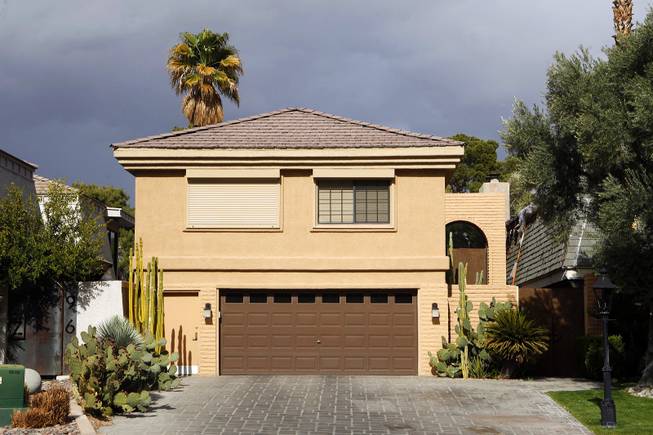





Join the Discussion:
Check this out for a full explanation of our conversion to the LiveFyre commenting system and instructions on how to sign up for an account.
Full comments policy